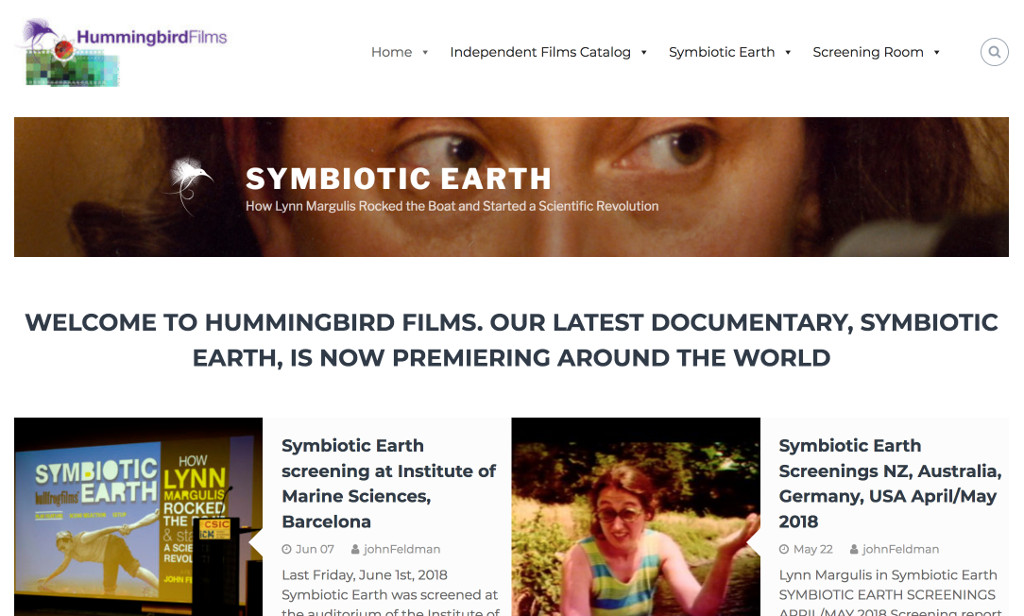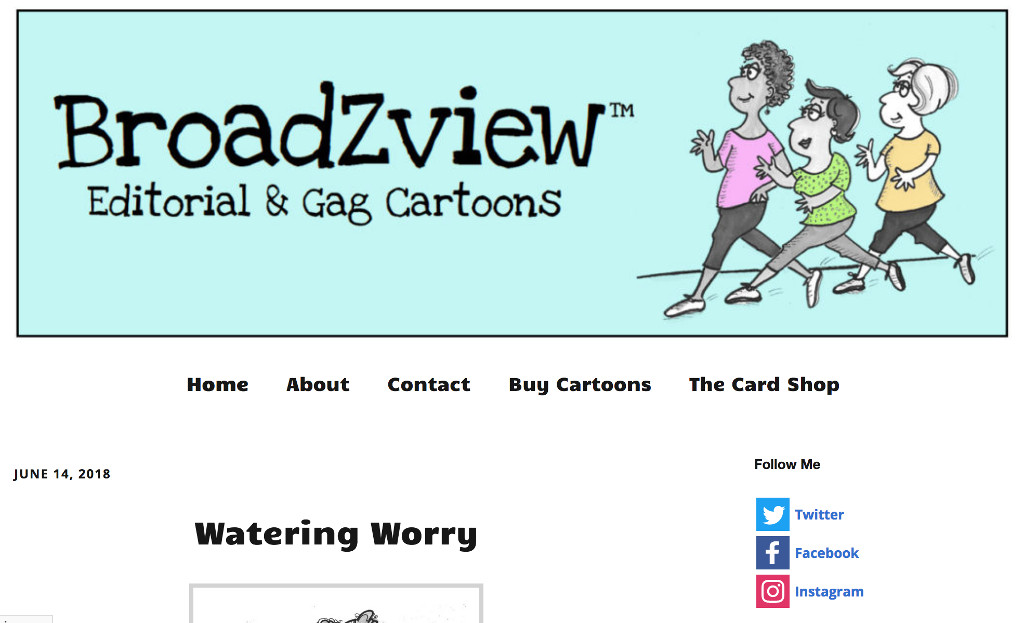In conversations with existing and potential new clients, I’m afraid I sometimes overwhelm them when I mention the three main tasks for effective promotion.
- Post new content on your website regularly
- Share that content on your social media in a way that brings people back to your site
- Use ‘offline’ activity and print promotion to further your recognition for people who may not be online
For small business owners, you can handle these tasks on your own, and there are also ways to get help that is affordable.
First comes the website. Websites are vital because it’s your one place online where you have complete control over your message and presentation.
If you think about it, places like Twitter and Facebook make everyone fit into the same format, so identity is not a priority for these platforms. You can upload photos, you can make brief statements but it’s all inside a container that is ‘one size fits all’.
A WordPress site, under your domain name is the economical way to go. There’s a ton of self-help material online, and there’s people like me, if you are too busy.
Once you have your website up and running and have started adding content, you’re ready for organic promotion via social media. Here, I encounter folks who don’t really know what to post about on their website. I have the same problem myself!
Some clients have eCommerce sites with product. Well, that’s content! Share links to these products on Facebook on a regular basis.
Sharing products is good, but it’s also nice to post content about other things besides what you might be selling. Envelop yourself in your business persona. What do you talk about with your customers? What interests you about what you do? Sometimes, personal interest posts on a business page are very effective at generating replies.
If you really don’t want to write, or don’t have time to write, it’s a good idea to look into ‘proxy posting’ services that will do the writing and posting for you. These services provide unique and interesting content for your site designed to have the proper ‘hooks’ for your market niche. It’s not as good as something you might come up with, but it’s better than no posts!
Costs for ‘proxy posts’ range a bit, but paying $100 for a well-formed website post is not a bad deal. I would avoid the ‘posts for a buck’ services.
Cross promoting your website on social media works best as a routine task. If you can do it once a month, that’s great. Maybe you can do it once a week or 10 times a day, but you need to post on social media in a way that brings people back to your website. I see all the time that social activity leads to sales, and other indirect benefits (more on that in a future article).
 There is a difference between using social media as a person and as a business. The best way to get an understanding on this is to post on your personal social media as frequently as you can to ‘learn the ropes’. Many business owners are not that crazy about social media, but you can bet that the person doing their business posts got their ‘chops’ by being socially active via a personal account. Hmmm, ‘socially active’ sounds like not a good thing!
There is a difference between using social media as a person and as a business. The best way to get an understanding on this is to post on your personal social media as frequently as you can to ‘learn the ropes’. Many business owners are not that crazy about social media, but you can bet that the person doing their business posts got their ‘chops’ by being socially active via a personal account. Hmmm, ‘socially active’ sounds like not a good thing!
Then there is the ‘offline’ or traditional promotion. Some of the people I work with are public speakers, some are authors who do book signings, some have ‘brick and mortar’ stores or booths at Farmers Markets. Any way you can interact with the public is an opportunity to build recognition.
Print advertising is important since, if you can believe it, there are still people who aren’t on social media or websites! The Local Shoppers Guides or Pennysavers on a rack at the coffee shop or in the bathroom is their preferred reading. And someday, if you follow my tips, you may be able to upgrade your print budget to advertise in the New York Times!


